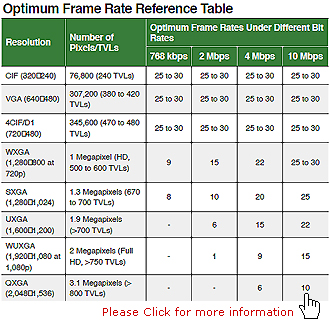Demand for faster processing of high-resolution images with low latency and high consistency is on the rise. A&S takes a look.
Demand for faster processing of high-resolution images with low latency and high consistency is on the rise. A&S takes a look.
Transmitting high-resolution images from Point A to Point B without losing frames is a lot more complicated than it looks.
Images must first go through a public network before they reach the screen in the control room at Point B. The challenge lies in how to best configure network switches and routers to enable better network traffic and reduced latency.
This poses a question: What constitutes an ideal networked environment for transmitting high-resolution images?
Deciding Factors There are four factors — format, bandwidth, hub/ router/switcher and monitor — to consider when working with high-resolution images.
First, the format determines whether a particular resolution can work in the network. Second, the bandwidth between edge devices and back-end operations must be considered. Third, the switcher or router must be properly adjusted. Because other data is simultaneously transmitted on the same network, the video surveillance portion should be segregated to optimize bit rate and data flow. Lastly, the monitor has to support the resolution, or else the video will not be clear and defeats the purpose of high-resolution images.
The reference table below suggests optimum combinations of frame rates and resolutions.
Priorities
Another question is how to strike a perfect balance between image quality picture frame, as trade-offs must be made in a networked environment.
The key to speedier processing of high-resolution images is the setting of group of video object plane (GoV) or group of picture (GoP), which is often seen on video surveillance devices.
 Data to be streamed can be decreased, while retaining a certain number of frames, to enable low-latency transmission of high-resolution images in a networked environment. This is done via an image formed by an MPEG-4 AVC (H.264) I frame and P frame and adjustments made to the size of the picture.
Data to be streamed can be decreased, while retaining a certain number of frames, to enable low-latency transmission of high-resolution images in a networked environment. This is done via an image formed by an MPEG-4 AVC (H.264) I frame and P frame and adjustments made to the size of the picture.
There is a condition that must be satisfied with the GoV and GoP settings in order for effective transmission of high-resolution images. That is, on the bit rate control setting (constant or variable), set the desired flow rate of a transmission. Then, based on the different sizes of the bit rates, decide on the size of the packet or degree of compression, or set it on “automatic” for varying bandwidth availability.
The underlying message is know your environment and tailor to its capabilities. Understanding data characteristics and network availability can facilitate efficient transmission of high-resolution images without frame drops or image losses.